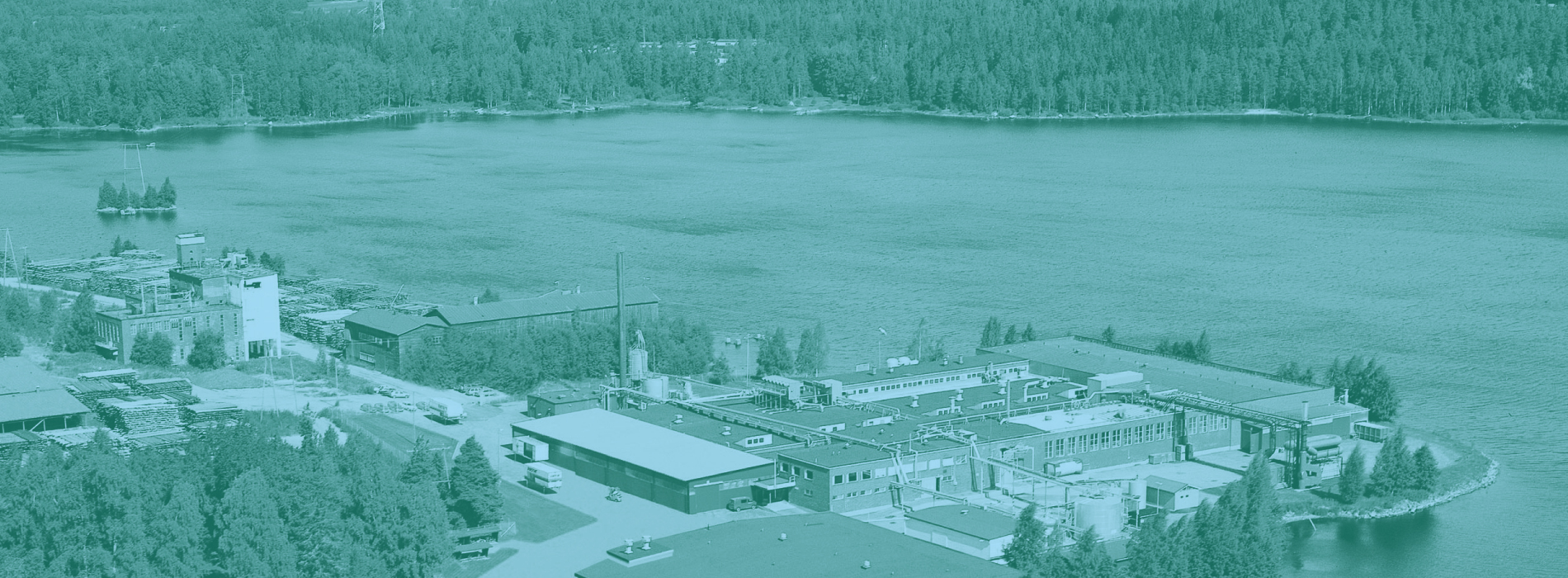
Realisering av bærekraft
I Formica Group gjør vi det vi kan for å oppnå større åpenhet, og med vår bærekraftstrategi har vi som mål å proaktivt kommunisere våre miljøpåvirkningsdata og planene vi har for forbedring i fremtiden.
Holdbare overflater med fornybart innhold
Helt siden Formica Group oppfant det originale høytrykkslaminatet i 1913, har målet vært å skape motstandsdyktige og holdbare produkter som varer lenge. Holdbarhet vil si å unngå behovet for produktutskifting og dermed skåne miljøet gjennom redusert ressursbruk og forminsket avfallsproduksjon. Dette har stor betydning hvis vi ser på modellen for bærekraftig sirkularitet. Dessuten er bærekraftig papir det primære materialet som brukes til å lage våre dekorative laminater – et fornybart råmateriale.
Group Position Paper
Making Real Impact For Less Impact
Vår bærekraftmisjon understreker den kontinuerlige forpliktelsen til Broadview, holdingselskapet vi er en del av. Det betyr å investere for å redusere miljøpåvirkningen i alle operasjoner og produkter, og dermed redusere vårt miljøavtrykk. Denne langsiktige strategien består av to hovedpilarer: erstatning av de mest belastende inputene og forbedring av effektiviteten til våre materialer og prosesser.
I tillegg til å gjøre noe med produksjonsprosessen, utforsker konsernet kontinuerlig råmaterialer med mindre miljøpåvirkning. Selv om Formica® Laminate allerede i stor grad er laget av fornybare materialer (trefibre), Nemho - vårt kompetansesenter for teknologi – fokusert på å ytterligere øke produkters fornybare innhold ved å erstatte råvarer av fossil opprinnelse med biobaserte alternativer.
Dessuten spiller holdbarhet som gis av laminatoverflateegenskapene en strategisk rolle i å forhindre behovet for produktutskifting, og da tenker vi på motstandsdyktighet mot riper, støt, slitasje, kjemiske stoffer og varme. Det betyr å skåne miljøet gjennom redusert ressursbruk og forminsket avfallsproduksjon.
Leverandørene våre spiller også en nøkkelrolle. Vi vil oppmuntre til en aktiv dialog med dem om hvordan vi kan forbedre miljøprestasjonen vår. I tillegg har vi som mål å støtte våre kunder i deres bærekraftutfordringer. Dette er også godt relatert til holdbarhet takket være utviklingen av produkter som har lang levetid og dermed begrenser behovet for utskifting.
Så selv om vi fortsatt har en miljøpåvirkning, jobber vi aktivt for å redusere den.

Bærekraftig Tilnærming
Som en del av den globale materialavdelingen til Broadview Holding – sammen med andre kjente merkevarer som Trespa, Arpa, FENIX, Westag, Homapal og Direct Online Services – er reduksjon av karbonavtrykket en sentral del av vår overordnede bærekraftspolicy.

Karbonfotavtrykk og Sertifiseringsordninger
Reduksjon av Formica® Laminates karbonavtrykk er en avgjørende komponent i vår tilnærming til bærekraft. Vi er overbevist om at forbedring av vårt miljøavtrykk ikke bare er det rette å gjøre, men det er også viktig for merkevarens kontinuitet.
Frequently Asked Questions
We use the cradle-to-gate scope for our on-site Life Cycle Assessments (LCAs), because we focus on the stages that are under our control and that we can influence. We are able to improve our processes to make them more efficient and we are continuously working towards using less impactful raw materials. Moreover, for the lifecycle stages that are after our factory gate, we currently don’t have enough data which requires us to make additional assumptions in terms of the disposal of our laminate sheets. Lastly, we are currently waiting on upcoming regulations and a general consensus on the topic of carbon storage benefits of long-lasting products at the end of their lifetime.
Glossary
- Cradle-to-gate: Refers to a partial life cycle assessment where all inputs (raw materials and energy) and outputs (emissions and wastes) are considered from the extraction of raw materials (cradle) to the product is ready to leave the factory (gate). The use and disposal/re-use phases of a product’s life cycle are not taken into account in cradle-to-gate.
- Cradle-to-grave: Refers to the full life cycle assessment, from the extraction of raw materials (cradle) to the transportation, manufacturing, use, and finally disposal or re-use of the product (grave). All inputs (raw materials and energy) and outputs (emissions and wastes) are considered for all the life cycle stages.
Formica® Laminate Environmental Product Declaration (EPD) at formica.info
